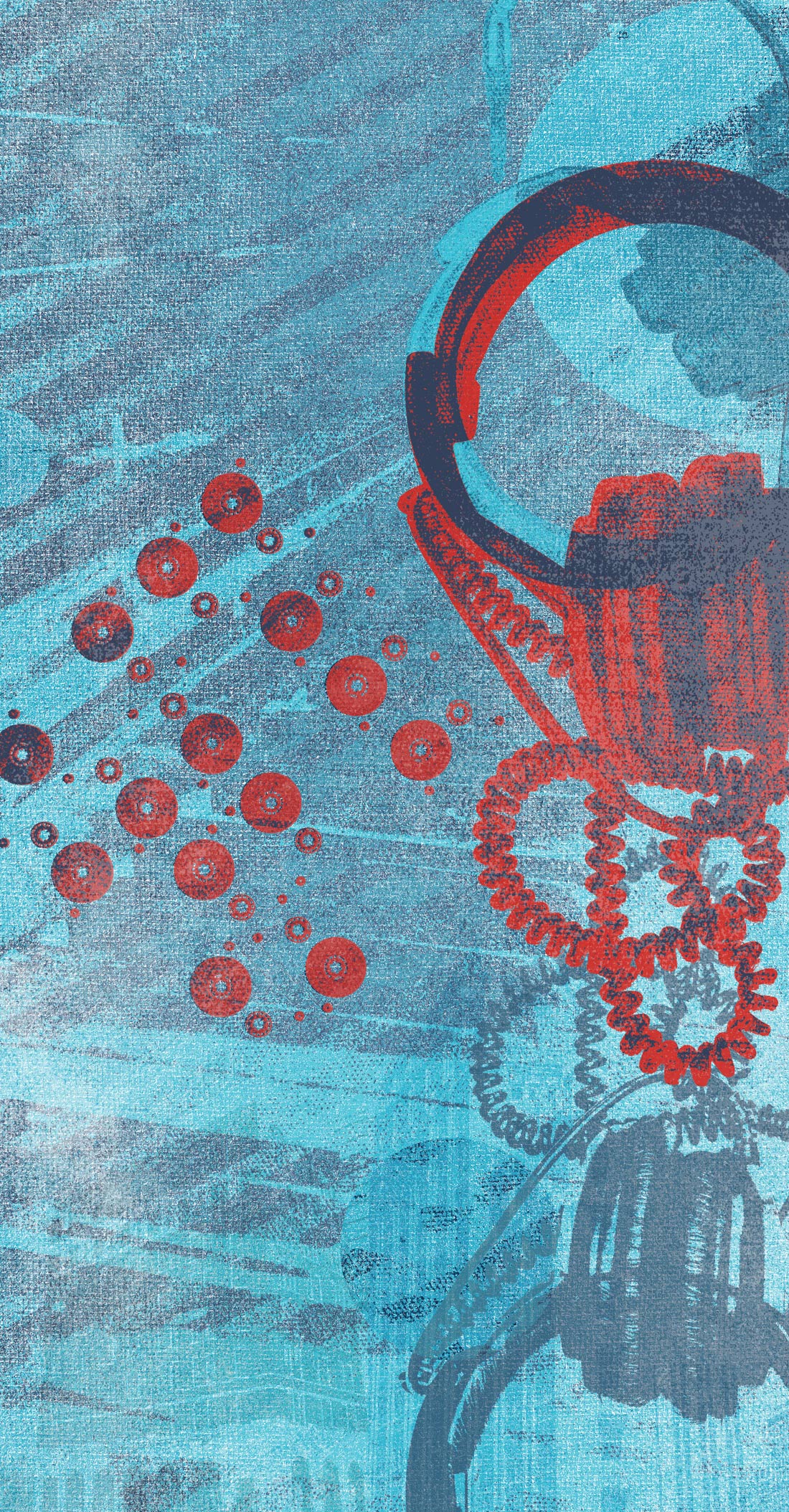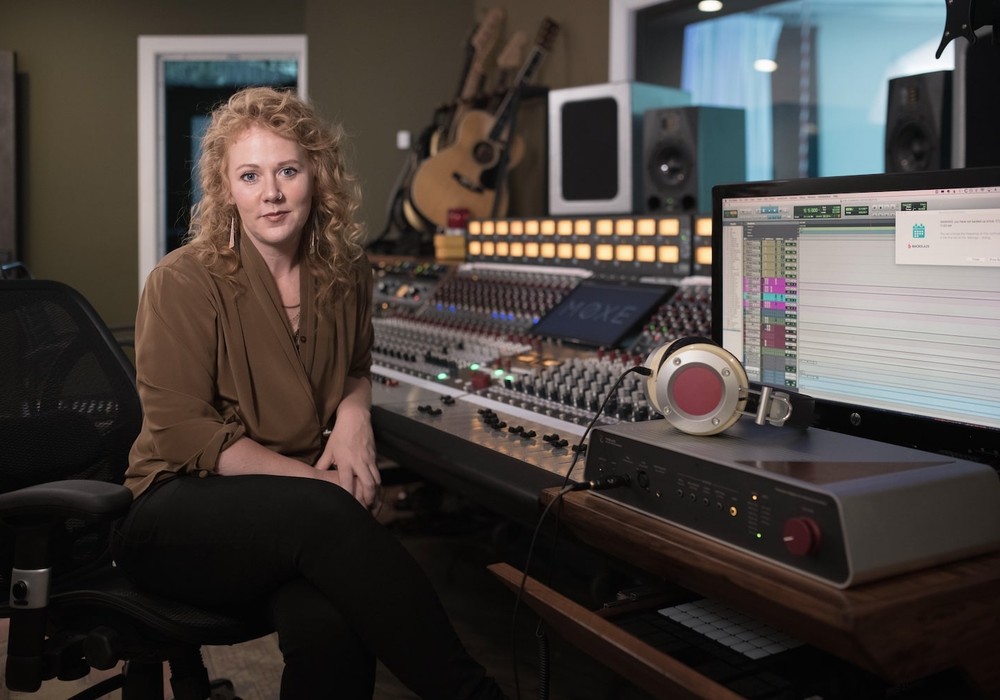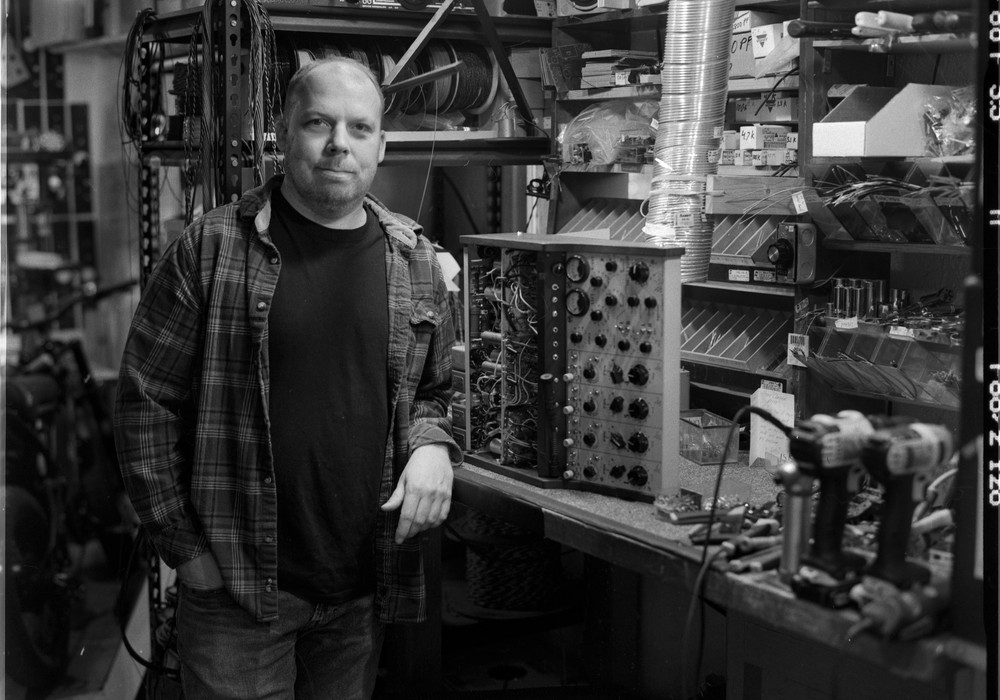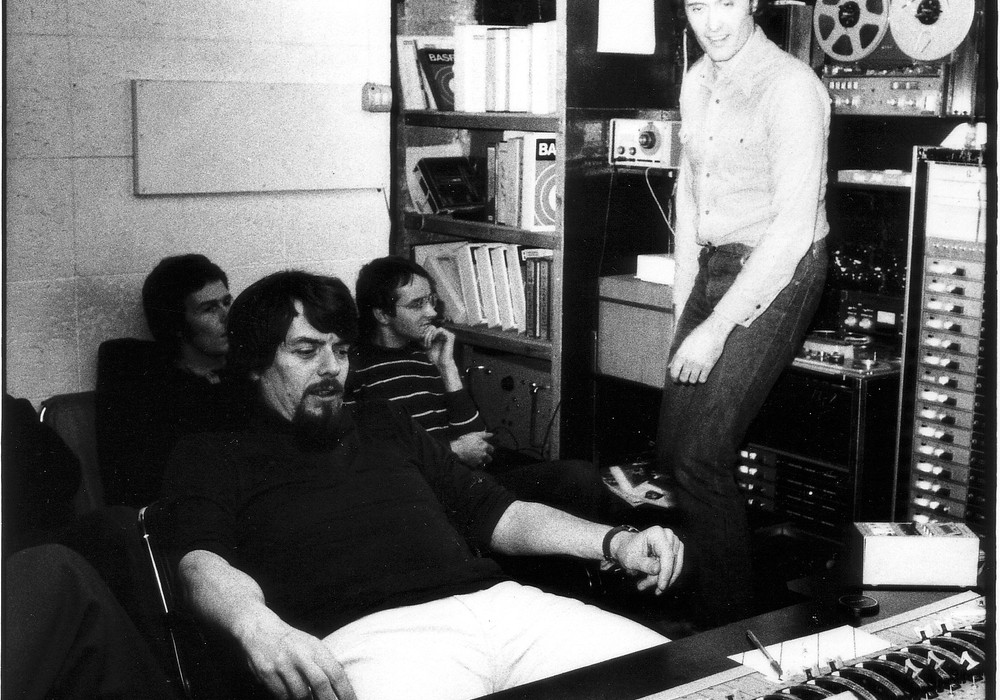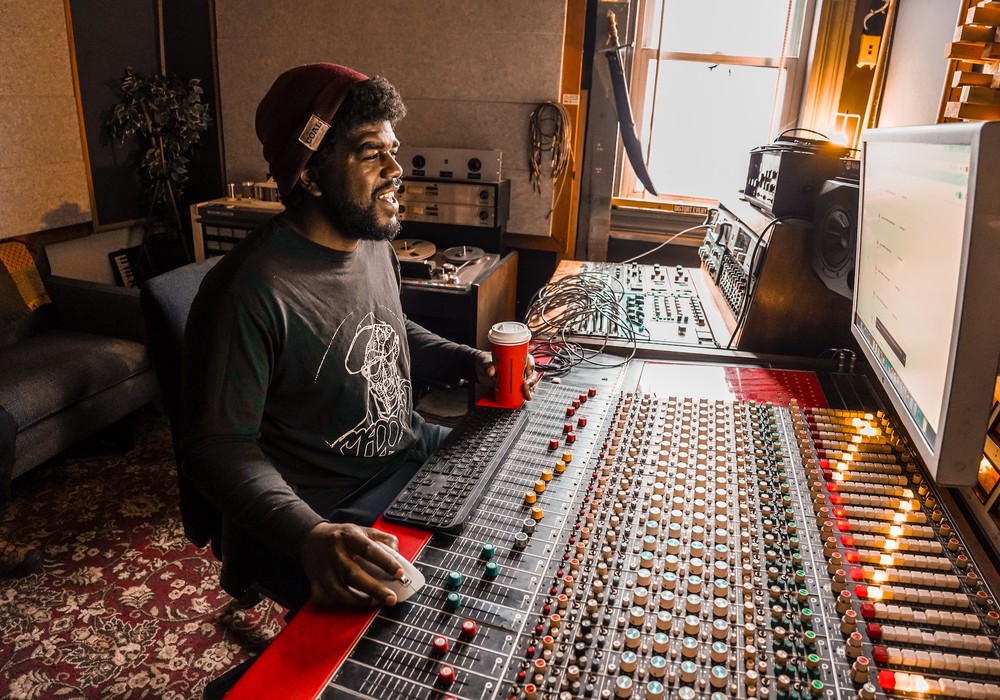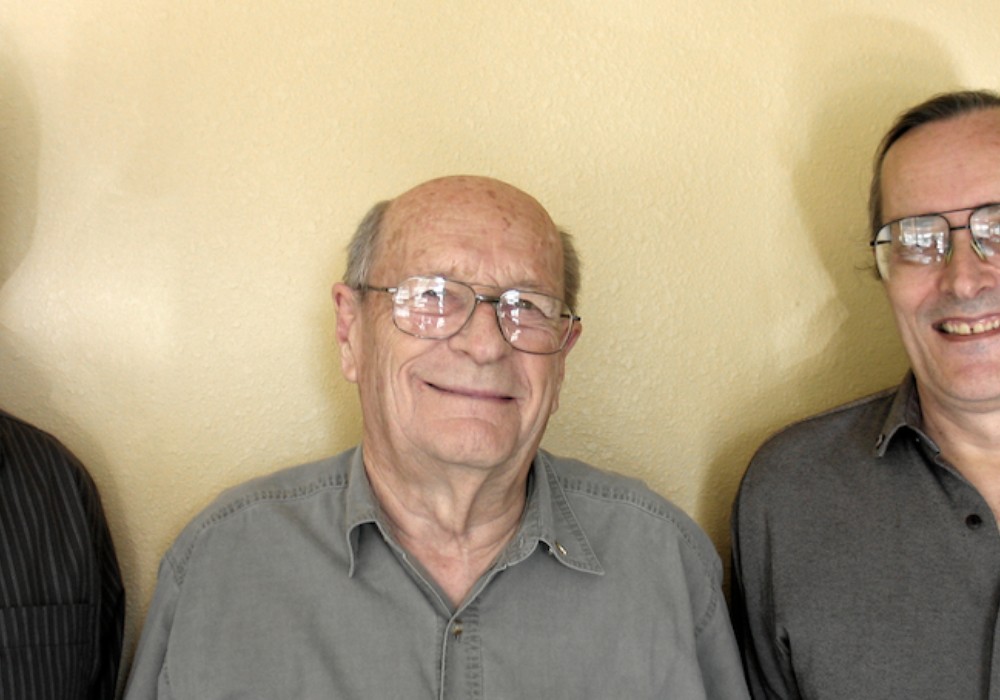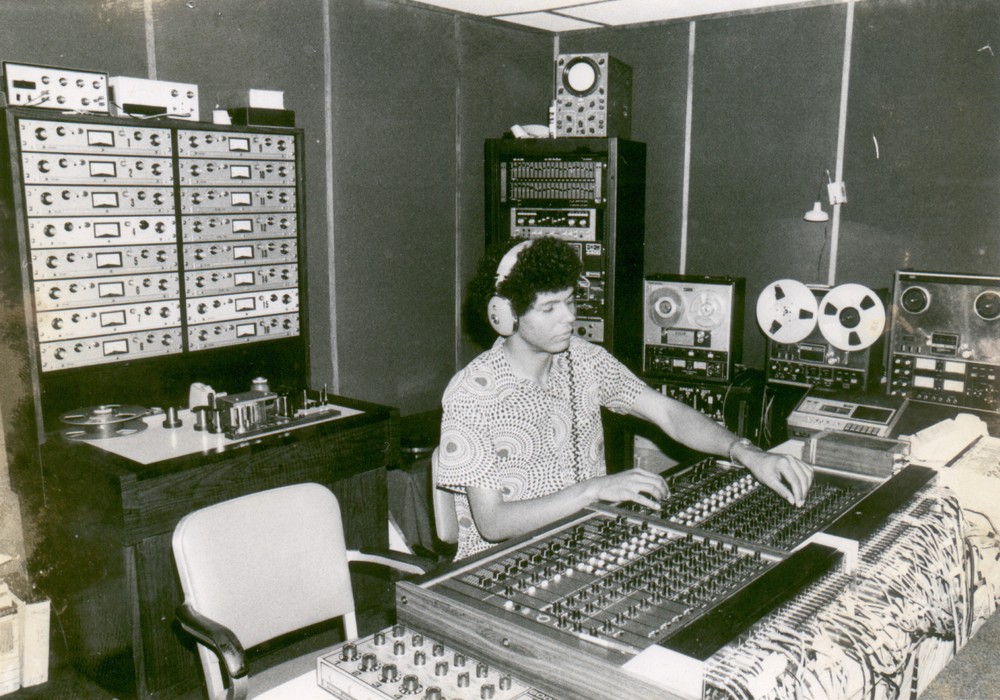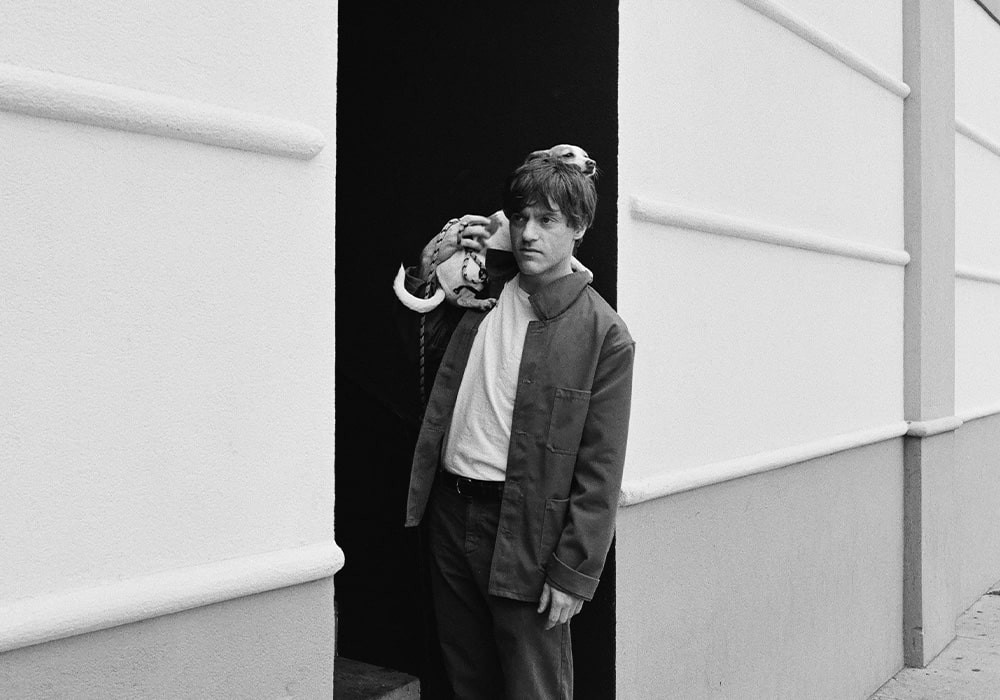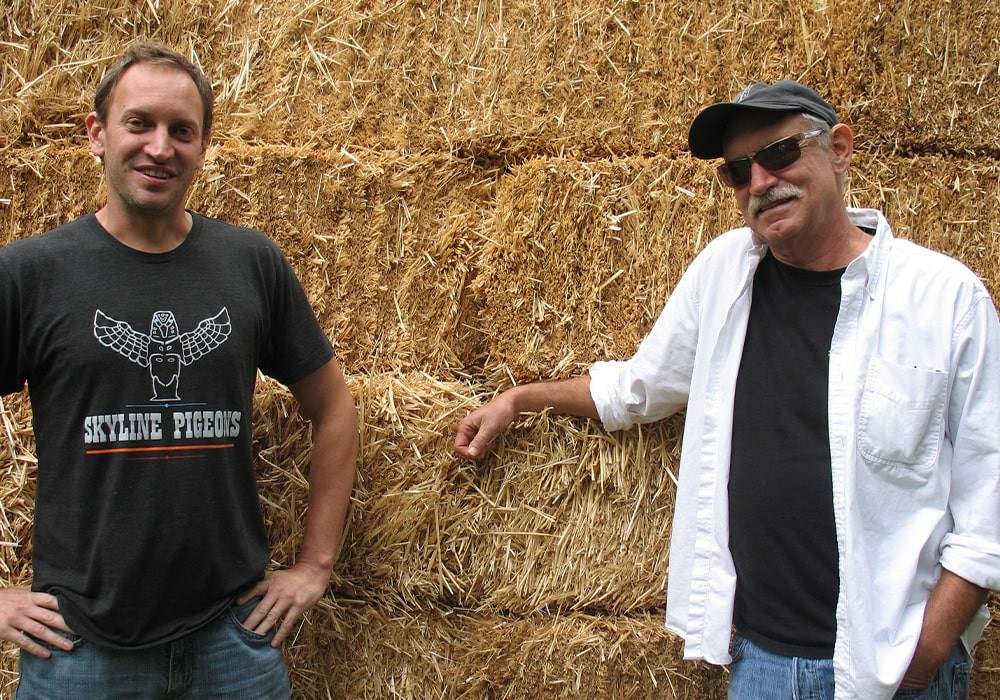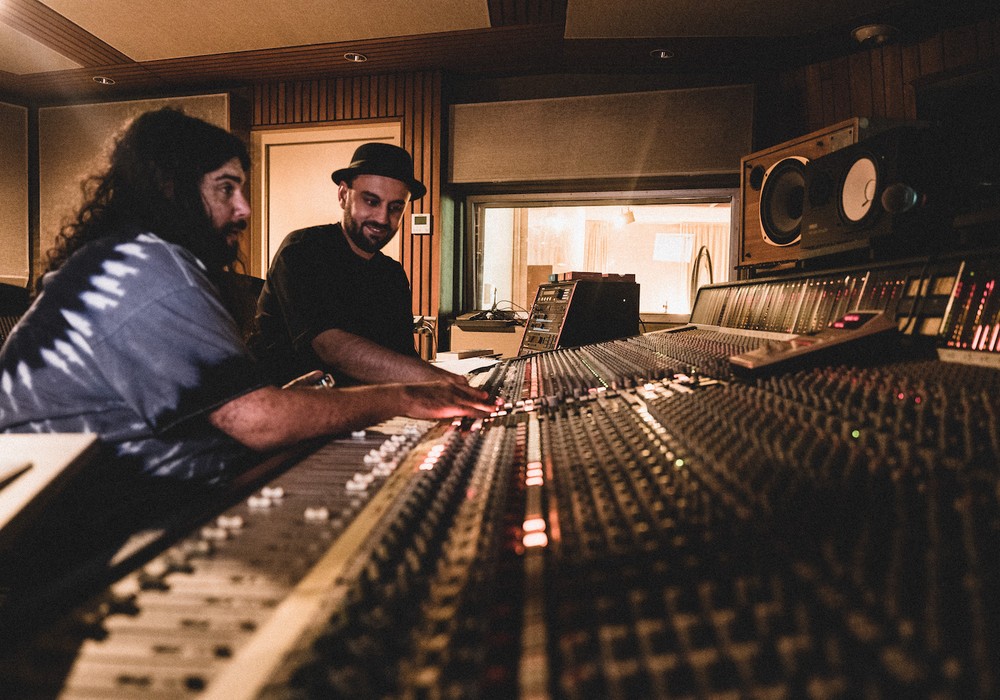When we got a chance to drop for an interview with David Byrne, he was joined by engineer/producer Pat Dillett, with whom he had just completed the Here Lies Love album, as well as worked with him on the Brian Eno collaboration CD, Everything That Happens Will Happen Today and earlier on David's excellent Grown Backwards. I thought I'd seen Pat's name on album credits, but a little research dug up a history of work with Mariah Carey, Mary J. Blige, Nile Rodgers, They Might Be Giants, Doveman, The National and Emanuel and the Fear, plus a bunch of Brazilian albums with artists like Caetano Veloso and Marisa Monte. This seemed crazy and all over the map — so I had to find out more! Pat had a comfortable studio setup at Kampo Studios when we met, but when Kampo sadly closed in February 2010, he lost his space. Currently he's in the process of recapping an SSL E- Series console and putting together a new space to work from while keeping busy with many sessions.
You always hear, "Oh yuck. Mixing in the box."
I used to have a problem with that, especially the old versions of Pro Tools where their internal mixer and summing was much less advanced. Ever since the HD system I have done the due diligence on the "do it both ways" thing. I actually have a bunch of friends who do it — I won't name them in case they don't want to be called out on it, but certainly more famous engineers than me. Some songs I hear a little difference. But at this point, I am comfortable with, "If this song sucks, that's not why." I've used some of the summing things — some of them are really nice. Using the [Digidesign] 192 I/O and the internal mixer I have been completely satisfied, especially with then adding into it the things I can do with the internal summing and some of the really well-made plug-ins on the stereo bus. I use the [PSP] Vintage Warmer. There's a bunch of things that have really taken into account how it works — not just, "Crush, fill, destroy." Maybe it's even making up for some of the things that would otherwise bother me about the summing. I am not here to say that summing versus putting it out of summing boxes is something that is iron clad one way or the other, but I am saying that I am comfortable that the difference is not something that I can't overcome with my mixing. I am not going to launch into a rap about the whole analog/digital thing, because I know that has been well worn through your magazine's history.
Well, maybe it doesn't matter.
It does and it doesn't. My view on it is that you need to remember a couple of things. The first work you did on an analog console sucked too. Some of these people need to spend more time learning how to use this tool as if it's a new tool — not comparing it to the old tool — because it's not the same. That's lesson one. Lesson two is especially hard for people like me, who've been doing it long enough to use the things that they make plug-ins of now and actually say, "Okay, it looks like an 1176, but it's not. It's a plug-in." Figure out what each plug-in is good at just like you had to figure out what the analog things were good for. You don't say, "I want a Pultec on it," and use a Pultec in there and be pissed off it doesn't sound like a Pultec. You have to work with the stuff and listen to it the same way you would with the analog stuff. There are things about recording to tape, like the transients on drums are now torturous in digital. It's better, but that's still definitely part of it. Don't overload your shit. You can't overload going in or coming out. You can't overload your plug-ins. Headroom is headroom. You need to learn some of the basics about how this stuff works, and it's not the same as what you learned about analog. You are talking to somebody who spent more than half his career with just tape. If you go in thinking it's not going to work, it's not going to. I think a lot of the people who are romantic about tape are people who never had to use only tape. Talk to people who had to use tape only and tell them they have to do 24 tracks of vocals or something.
I have had a number of sessions where people have hired me and say, "I want to work on tape." Once we get rolling and they start talking about what they're trying to do, I'm like, "You've never used tape in your life, have you?"
Gabriel Roth [Dap Tone, issue #59] does amazing stuff with it and that's the thing. What they're doing is such an amazing tribute to that sound, and that sound is an amazing tribute to that music. It makes sense. It sounds cool on a lot of things. But at the end of the day, if...
